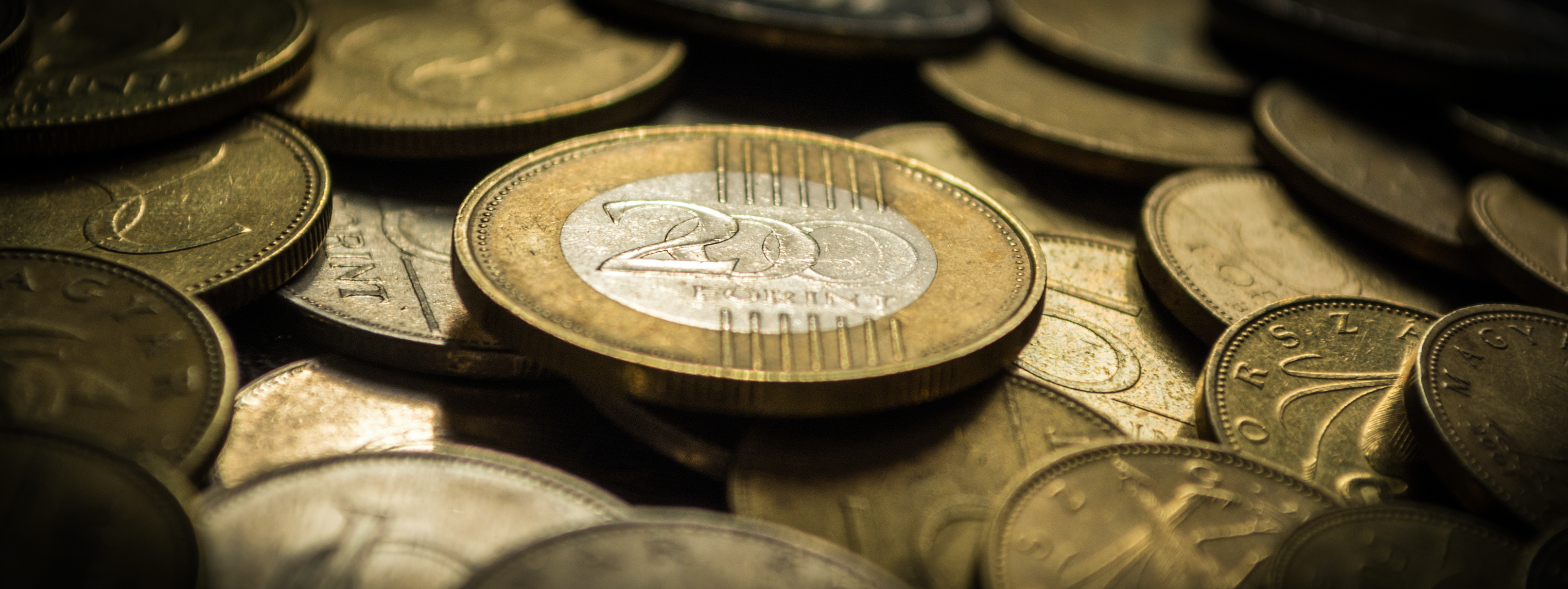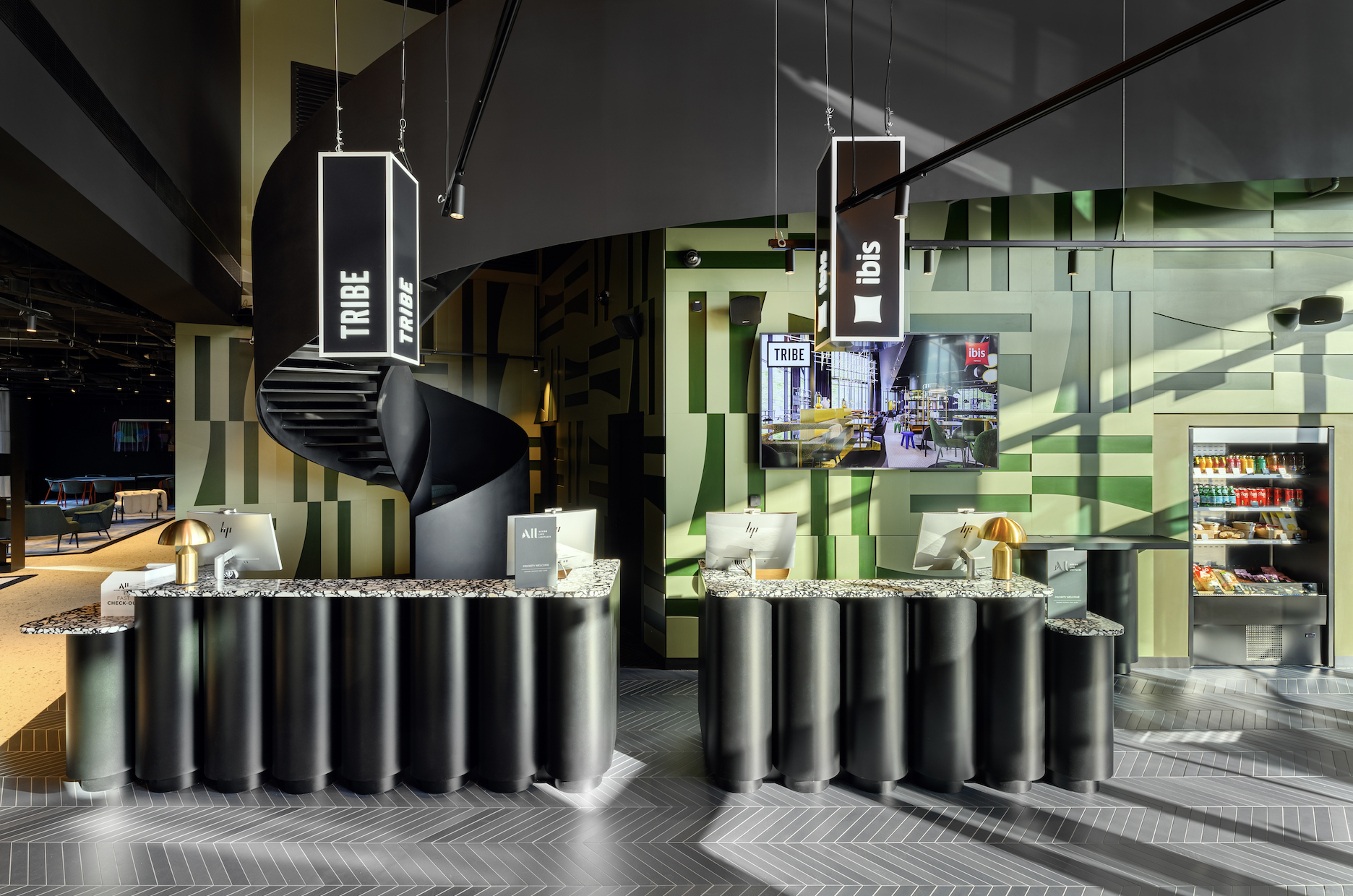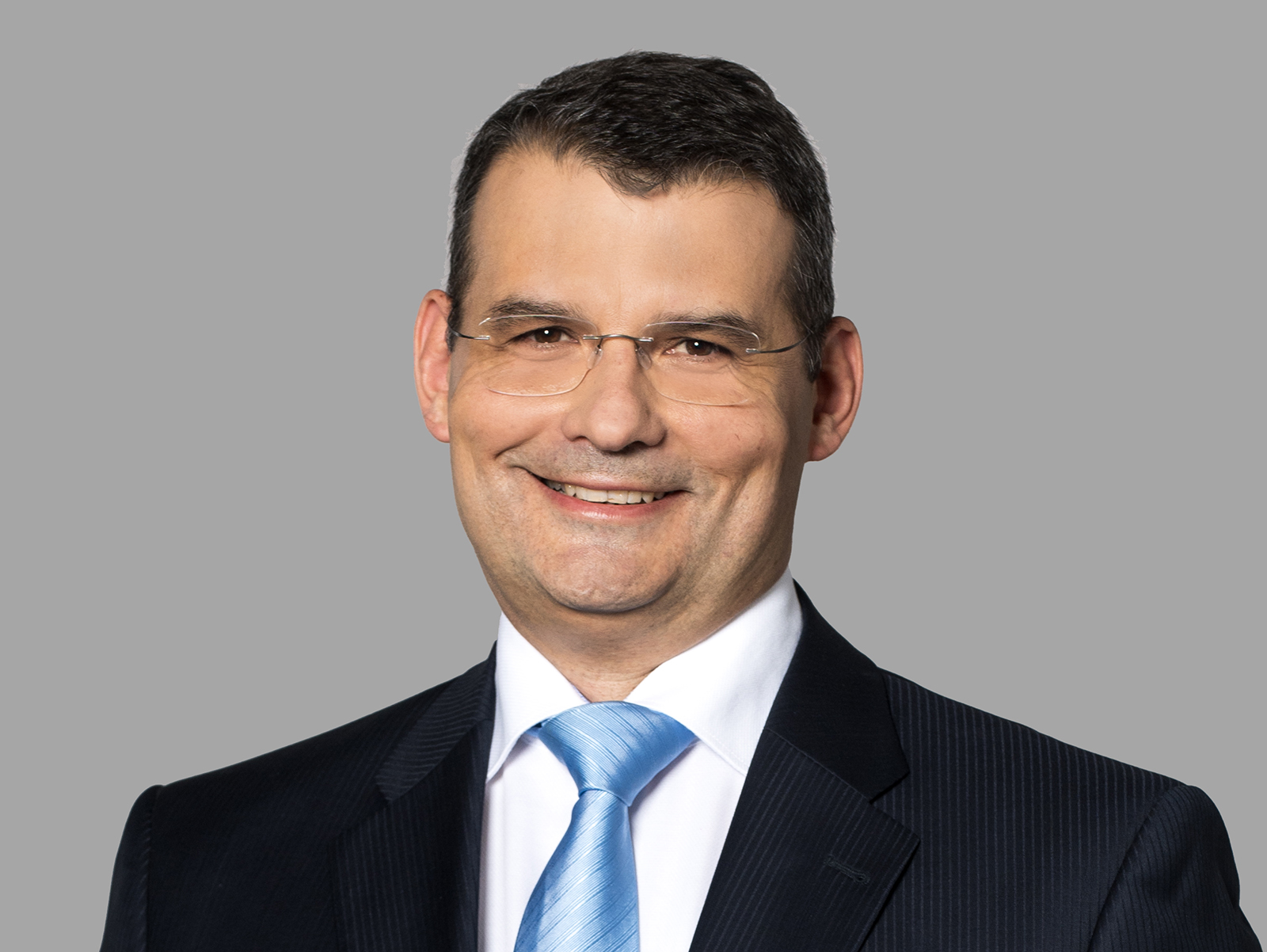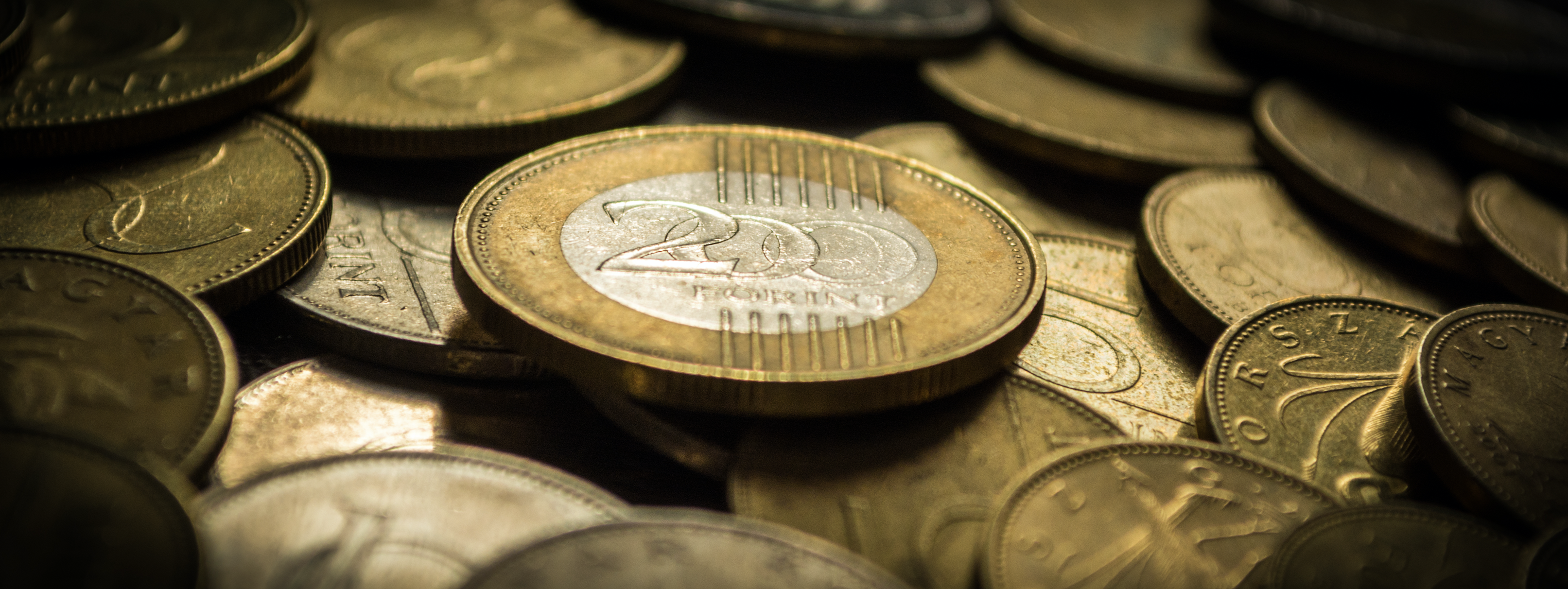2nd Metár Tender Opens, Bringing Marketable Green Electricity Production Within Reach in Hungary

The pilot METÁR tender in Hungary led to a huge drop in electricity prices. Now, during the second tender, there is even stronger competition, making privately funded green electricity production a viable option for the future.
László Kenyeres, Partner, Wolf Theiss Budapest
In Hungary, state subsidies for producing green electricity are available through the METÁR (or Premium) system. As opposed to the former KÁT (or feed-in tariff) system, which was open for applications until the end of 2017, green electricity producers are not entitled to the mandatory offtake of their electricity (except producers with a net installed capacity of less than 0.5 MW); that means they have to sell their electricity on the market.
However, they can apply for a so-called “green” (or, in case of certain biomass or biogas products, a “brown”) premium. The green premium is granted through a tendering process (save for those between 0.5 MW and 1 MW, which can apply for the green premium at a state-approved fixed price of HUF 25/kWh as of 2020).
The pilot METÁR tender was launched in September 2019. The green premium was available in two categories: first, producers between 0.3 MW and 1 MW could apply with a maximum of 33 GWh electricity or for a maximum of HUF 333 million per year; or secondly, producers between 1 MW and 20 MW could apply with a maximum of 166 GWh electricity or for a maximum of HUF 667 million per year. In both cases it was for a 15 years span.
The green premium was awarded to those who offered the lowest purchase price for their electricity. For them, the Hungarian state guaranteed to pay the difference between the support price (the bid purchase price) and the reference price (the average purchase price of electricity available at the Hungarian power exchange, HUPX, as calculated by the Hungarian transmission system operator, MAVIR).
During the first METÁR tender, only HUF 229 million was allocated between the bidders under the HUF 1 billion cap, whereas 193 GWh from the available 199 GWh overall yearly capacity was distributed, showing the actual bid purchase prices were below the anticipated tender prices.
The average bid purchase prices were HUF 21.69/kWh and HUF 24.81/kWh, respectively, with the lowest bid purchase price set at HUF 20.2/kWh. This is a 24-33% drop in the price of electricity as compared to the fixed HUF 32/kWh price under the KÁT system, which comes from the fact that the costs of construction and operation are lower with each year (for example, the solar panels are now cheaper and more efficient than a few years ago).
The second METÁR tender, which is open from September 15 to October 15, recalls the improving investment climate: the maximum figures have been raised from 33 GWh to 40 GWh and from 166 GWh to 350 GWh, and up to 49.99 MW in the larger category.
Although the tender is open to foreign investors from EU, EEA or Energy Treaty member states, power generators above 0.5 MW must apply for a license at the Hungarian Energy Authority, which is available for Hungarian business entities only, making strong local legal support necessary right from the beginning of the project (starting with the establishment of an investment vehicle).
The administrative parts of tendering have been causing serious problems since the first tender: Almost 30% of applications were declared invalid. It is easy to make a critical mistake; therefore, proper technical, financial and legal input is essential for investors.
Regarding marketability, it is visible that the first METÁR tender has already erased much of the difference between the last fixed price of electricity being HUF 32/kWh and the average market price of electricity being HUF 17/kWh. However, certain factors may cause some delay.
The price of balancing energy is higher (around HUF 3-5/year), and must be paid, at least in part, by the producers as of April 2020. Construction has increased in costs due to the solar boom at the end of 2016. Greenfield investments require strong land-related legal support and complex contracts. Privately funded green electricity producers must pay a special 31% income tax (the so-called Robin Hood tax). Thus, as of now, it is not viable to produce green electricity in Hungary without state support; however, this will inevitably change in the foreseeable future.

Ádám Lukonits, Associate, Wolf Theiss Budapest
SUPPORT THE BUDAPEST BUSINESS JOURNAL
Producing journalism that is worthy of the name is a costly business. For 27 years, the publishers, editors and reporters of the Budapest Business Journal have striven to bring you business news that works, information that you can trust, that is factual, accurate and presented without fear or favor.
Newspaper organizations across the globe have struggled to find a business model that allows them to continue to excel, without compromising their ability to perform. Most recently, some have experimented with the idea of involving their most important stakeholders, their readers.
We would like to offer that same opportunity to our readers. We would like to invite you to help us deliver the quality business journalism you require. Hit our Support the BBJ button and you can choose the how much and how often you send us your contributions.





KOENIGSHOFER%20MICHAEL_3zu4_PRINT-CUT-SMALLER.jpg)
-SMALLER-CUT.jpg)



